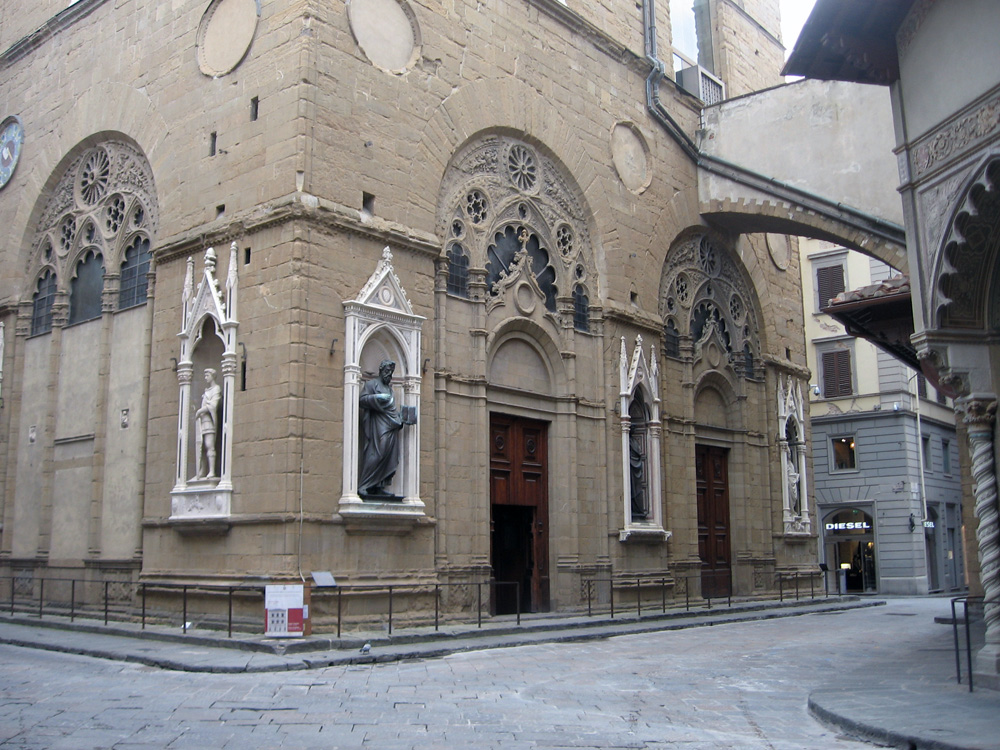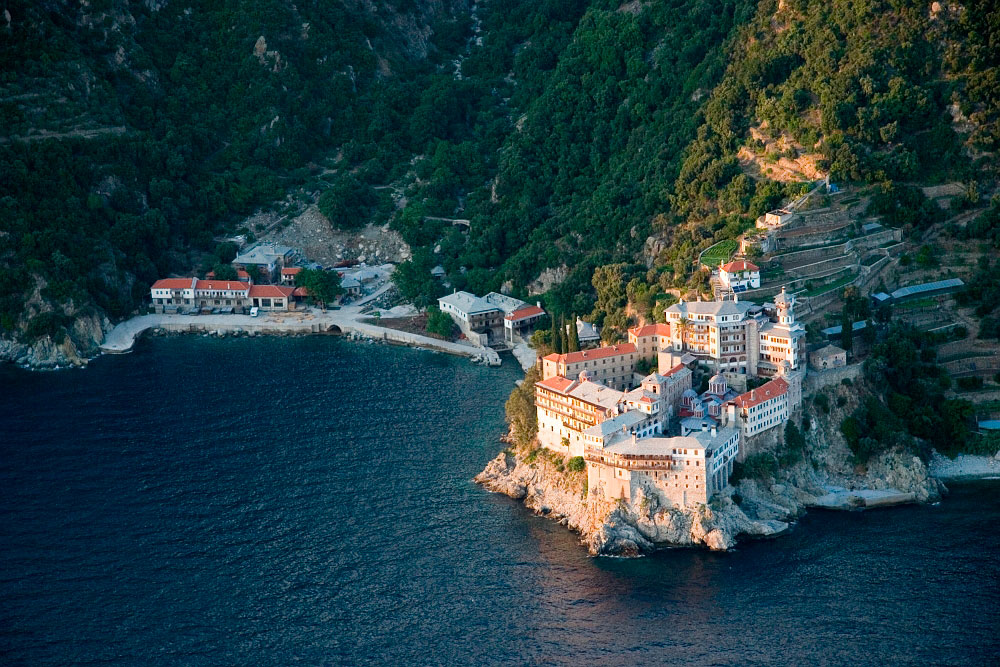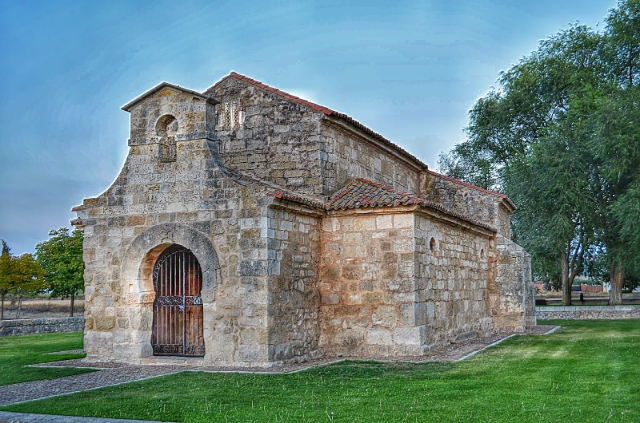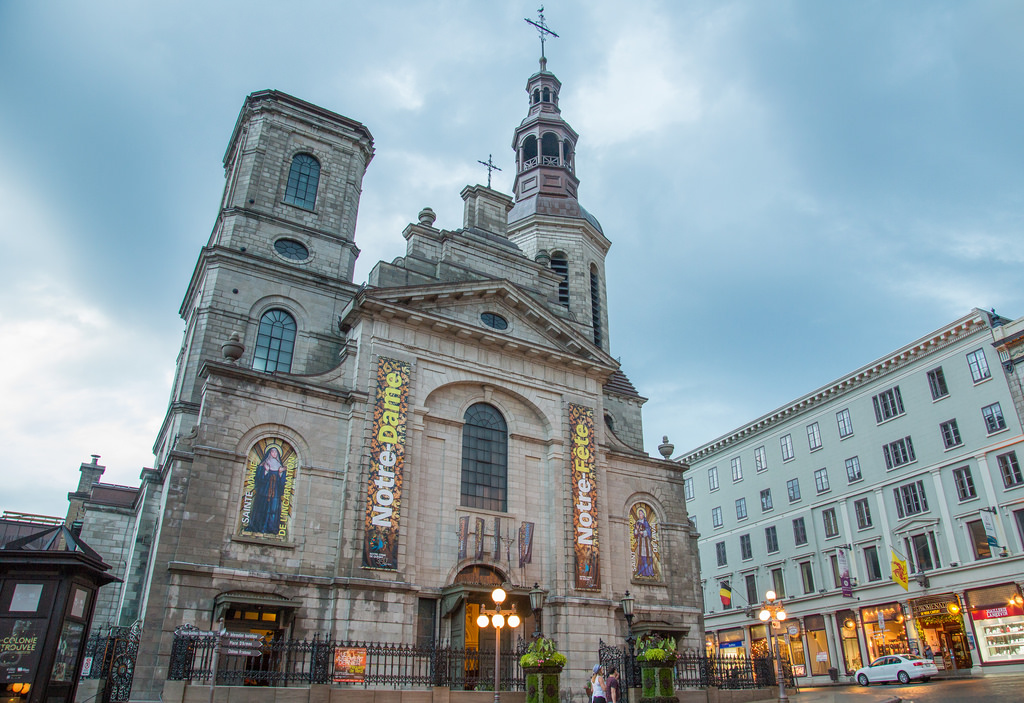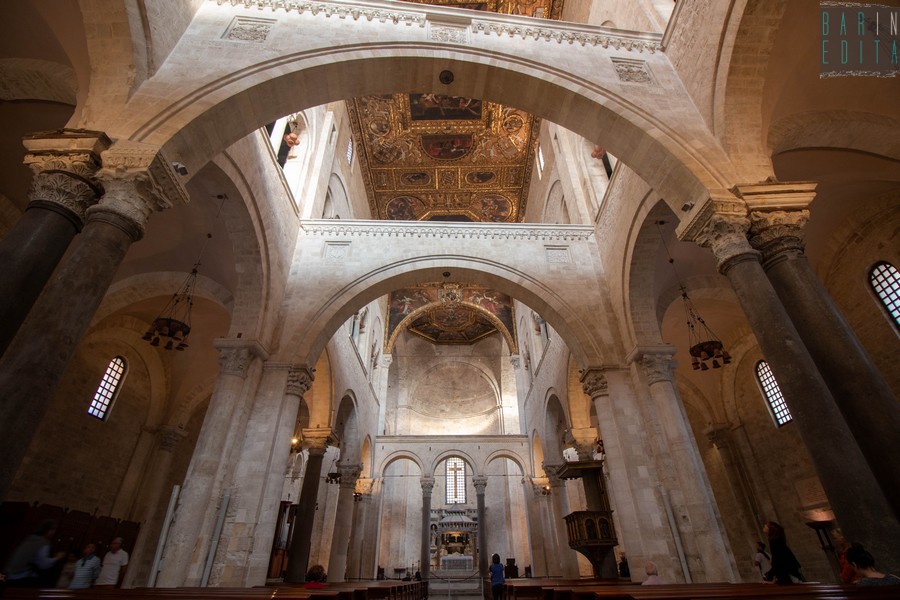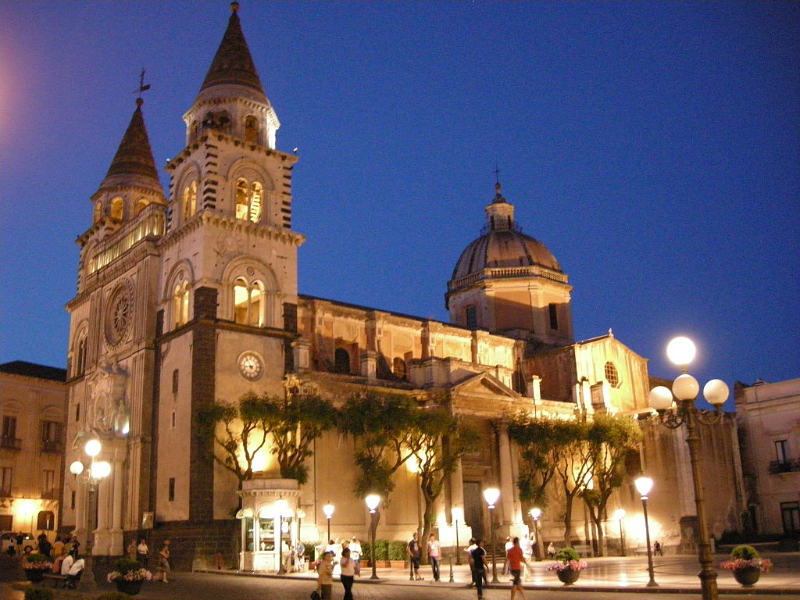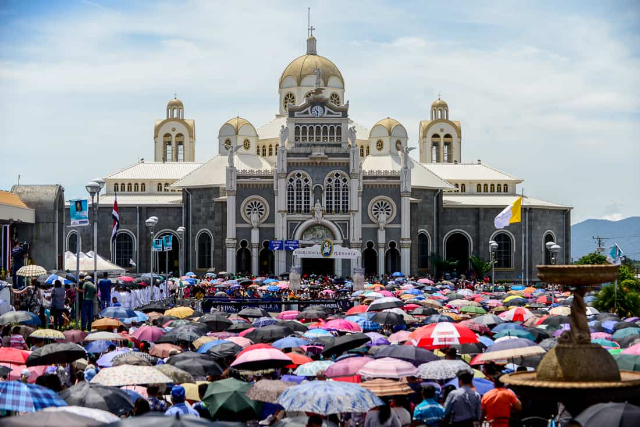Orsanmichele is a rather long name for a church, with three different words merging into one. First documented in 895 as the Oratory of San Michele, it was surrounded by the garden belonging to the Benedictine monastery of the same name.
It is said that in Roman times, in the place where the monumental complex stands today, a temple was built dedicated to Isis, the Egyptian goddess of fertility, worshipped by the Greeks and Romans who believed her to be the Supreme Goddess creator of the universe.
The name, which has changed somewhat over the years, from "San Michele in Orto" has become Or – San – Michele.
The austere exterior of the church reveals that the building is a three-storey office building, a fusion of simple stone walls, intricate Gothic arches and windows, and external niches protecting various sculptures. It is a common fact that most churches are famous for their architectural beauty, and this church is no exception to the rule! However, it does not present the same canons established for ecclesiastical architecture and represented by other examples in Tuscany: this building, in fact, differs from the others and you will realize it walking between the government palace in Piazza della Signoria and the spiritual heart of the city and the Duomo. It was, in fact – and still is – the union of the typical characteristics of a civil and a religious building.
In 1339 it was decided that each of the main Arts (the guilds representing the various arts and trades of Florence) should place the statue of their patron saint in the tabernacles that decorated the exterior. By a fortunate coincidence, these works were not completed until the Renaissance was in its heyday in the 15th century, meaning that they were commissioned from artists of the calibre of Verrocchio, Ghiberti, Donatello and Luca della Robbia. Most of the niches that housed the saints are now empty or adorned with copies, while most of the sculptures are on the two upper floors of the Museo di Orsanmichele.The interior of Orsanmichele has a rather gloomy atmosphere. There are irregular traces of frescoes on the walls which, like the statues outside, represent the patron saints of the various Florentine arts. In the centre is the tabernacle of Orcagna (1348-59), which houses the beautiful painting Madonna and Child by Bernardo Daddi, to whom were attributed the many miracles of which I have mentioned above.
